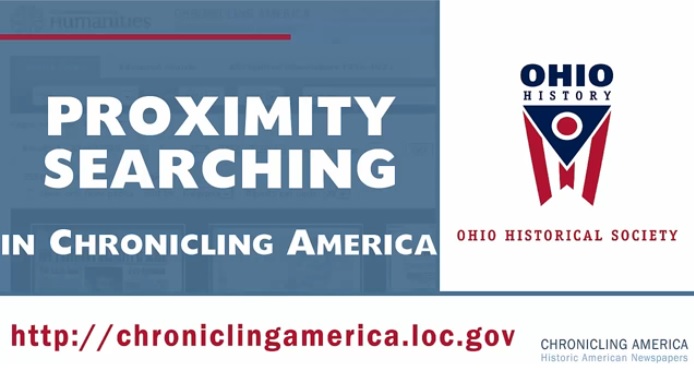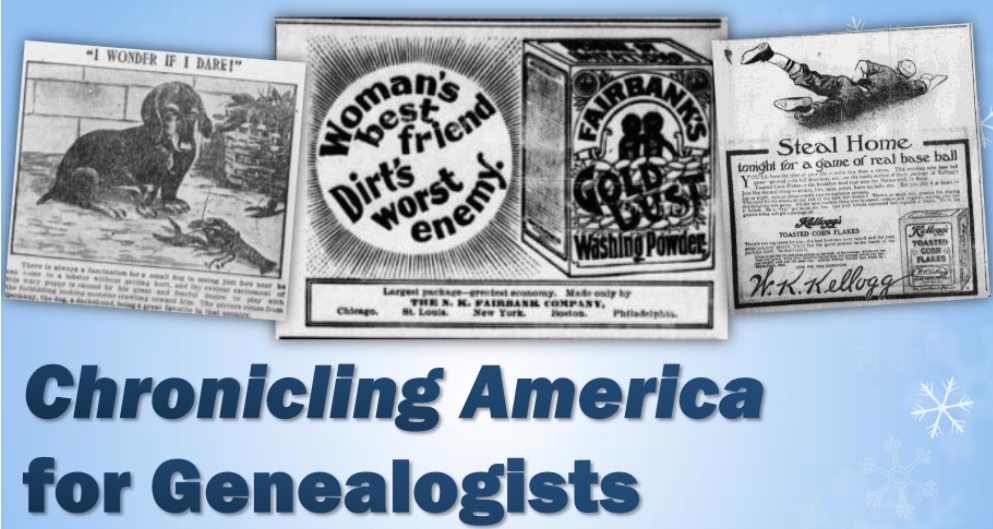In partnership with the Morrow County Museum in Heppner, Oregon, several early newspapers from Heppner are now available for keyword searching and browsing online at Historic Oregon Newspapers!
- Heppner Weekly Gazette: June 22, 1883-July 31, 1890
- The Weekly Heppner Gazette: Nov. 6, 1890-Feb. 18, 1892
- Heppner Gazette: March 1, 1892-Feb. 28, 1901
- Heppner Times: Nov. 26, 1903-Dec. 8, 1904
- Heppner Herald: May 7, 1914-Dec. 26, 1922
Incorporated on Feb. 9, 1887, the town of Heppner has seen many years’ worth of historical events in the Northeastern region of Oregon. In 1885, Morrow County was created, carved from the already existing Umatilla County. In 1888, Heppner welcomed it’s first railroad line, which was a spur from the Columbia River. As more railroads and roads were added over the years, Heppner became a regional trade center. You can follow the community’s enthusiasm and the development of the railroad through these historic newspapers with a search for “railroad,” limited to Heppner titles with results listed in date order. We found the following entries, but there are over 2,000 pages of Heppner newspapers that mention railroads, so you won’t be bored!
In June of 1888, there was much anticipation for the coming railroad as a contributor to economic boom:

By late November of 1888, the railroad was complete, a cause for celebration:

As the county seat, Heppner was and still is the home of the Morrow County Courthouse. Constructed in 1903, it is one of the oldest continually used courthouses in Oregon, not to mention a fabulous example of American Renaissance architecture. That same year, a devastating flood crashed through the town killing hundreds of community members and destroying hundreds of thousands of dollars worth of property. Gruesome reports of victims and body parts being found months after the event can be seen in the Heppner Times, from which digitized issues are available from late 1903 to late 1904:

The very same page contains a surprising advertisement for, well, see for yourself:

Another flood struck again in 1918, along with two fires that destroyed many buildings and homes in the community. The Heppner Herald was one of the many businesses affected by the fire of June, 1918, which apparently started in or near the Palace Hotel and spread by wind, destroying four and a half city blocks. Publisher S.A. Pattison gives his perspective in the July 5, 1918 issue of the paper, which came out a day late due to the fire:

The Heppner Hotel, built in 1920, was part of the town’s rebuilding after the several disasters, and it is one of the historic buildings still standing in Heppner today:

These clippings are just a few examples of the content that can be found in Heppner’s historic newspapers. Search or browse these titles and see what other kinds of interesting things you can find!






























